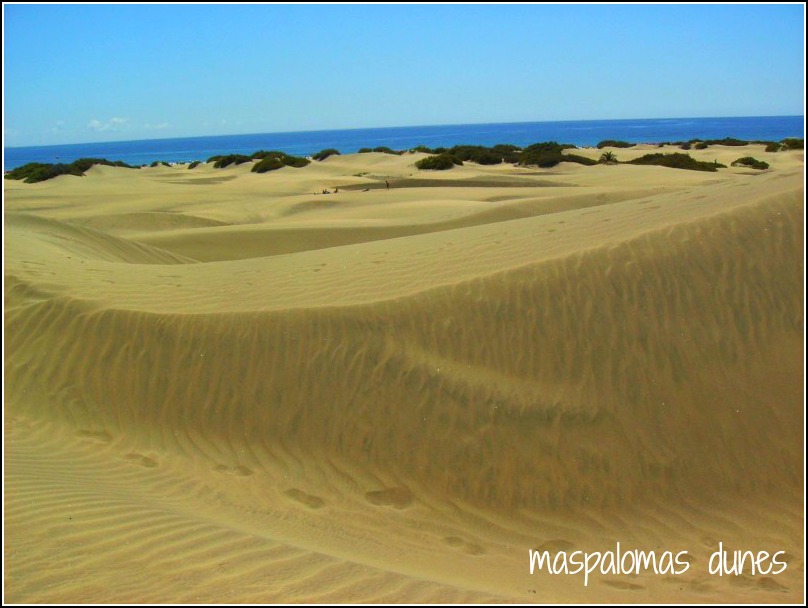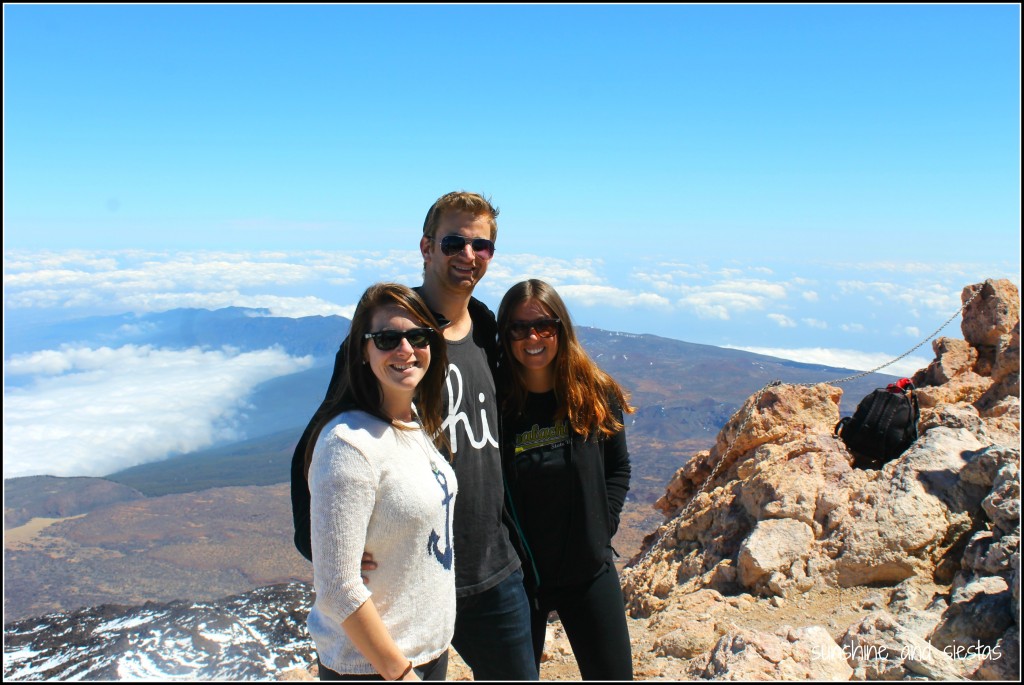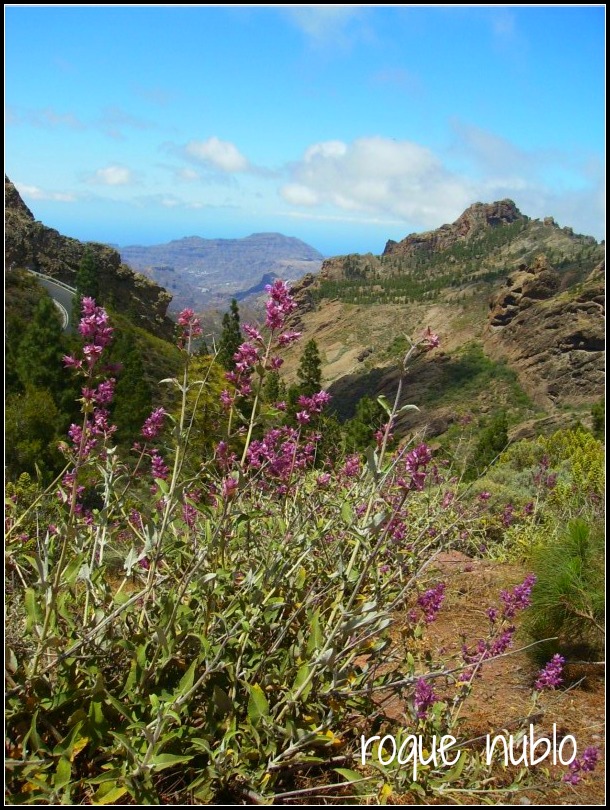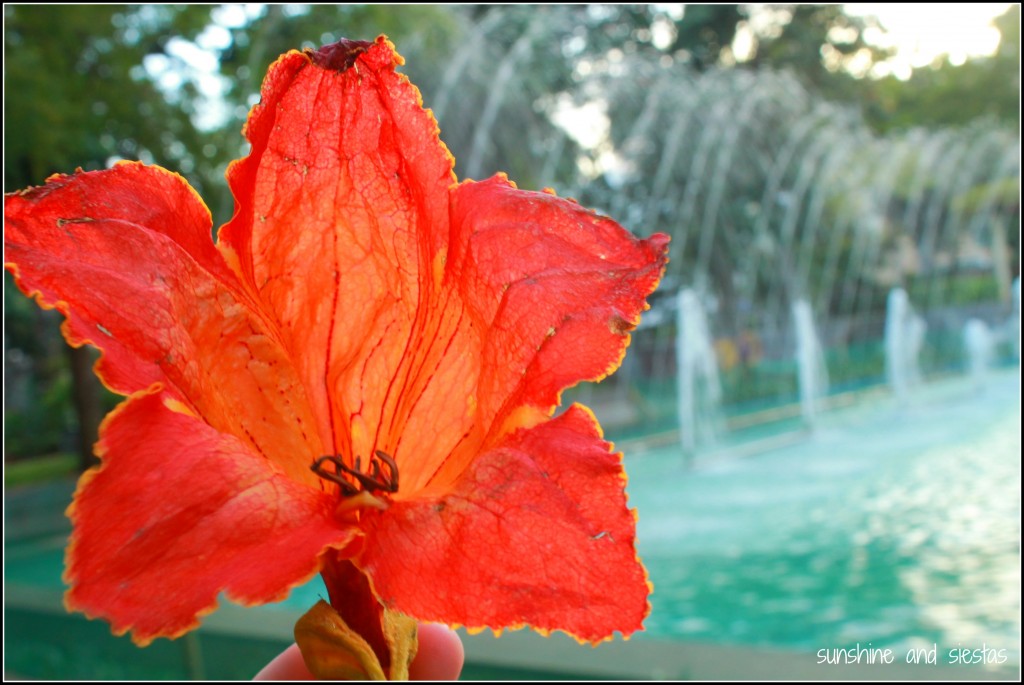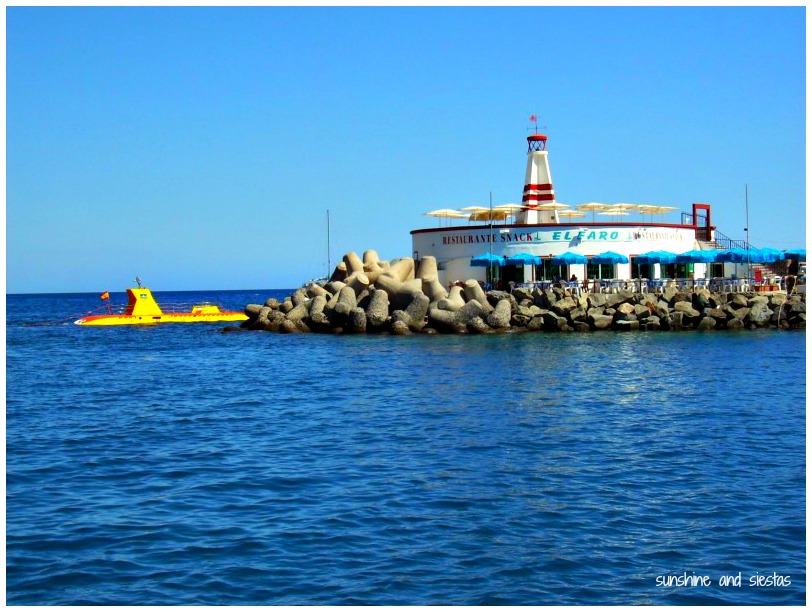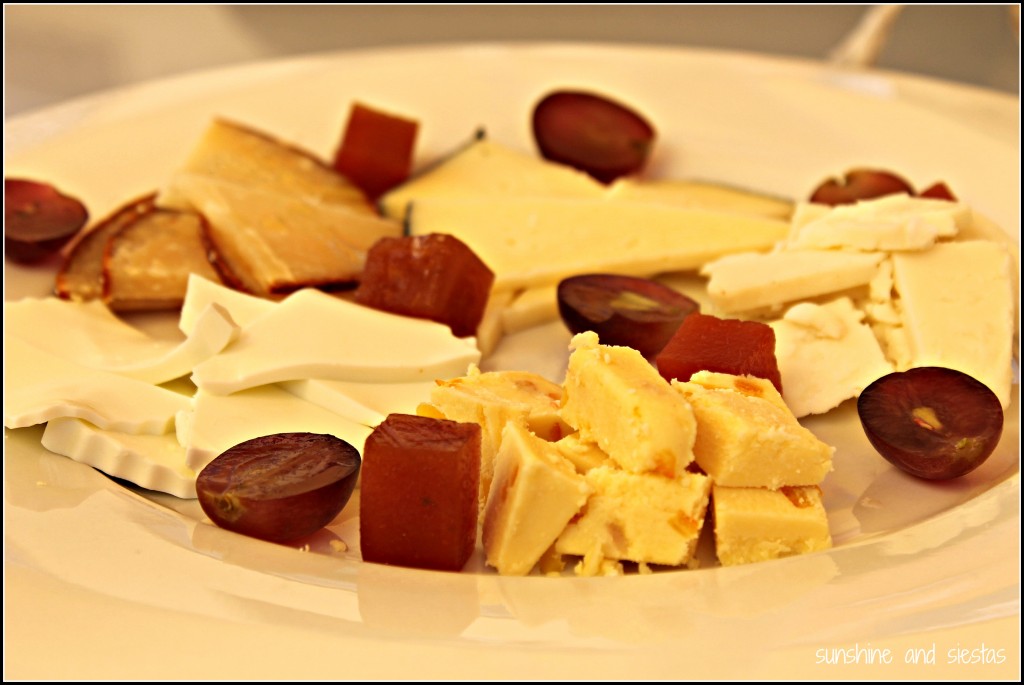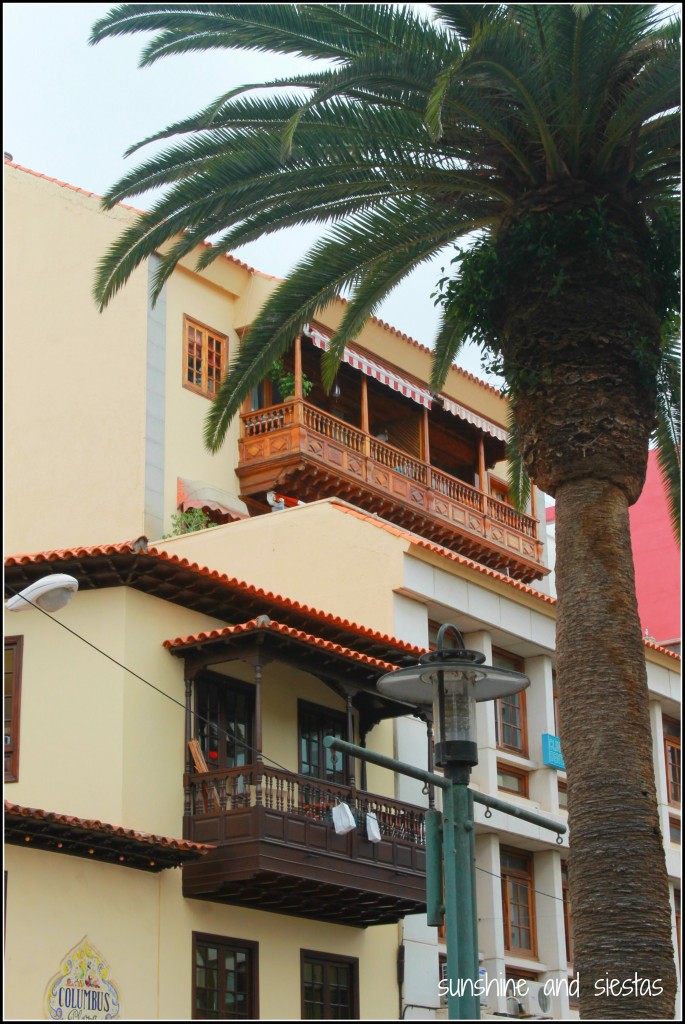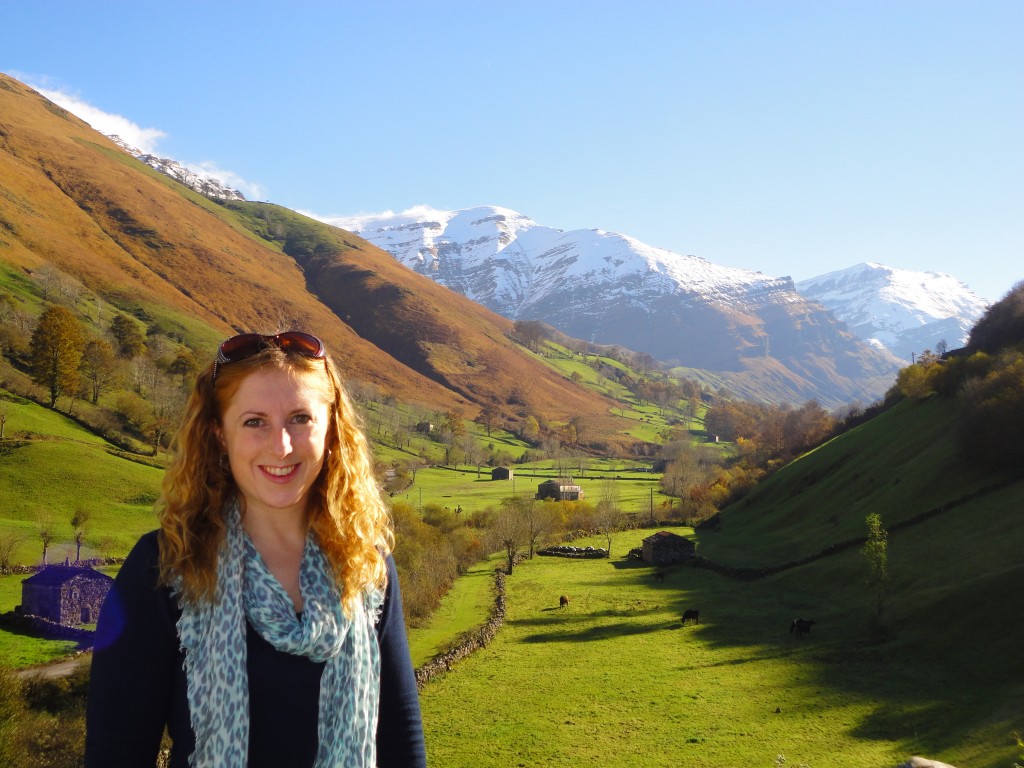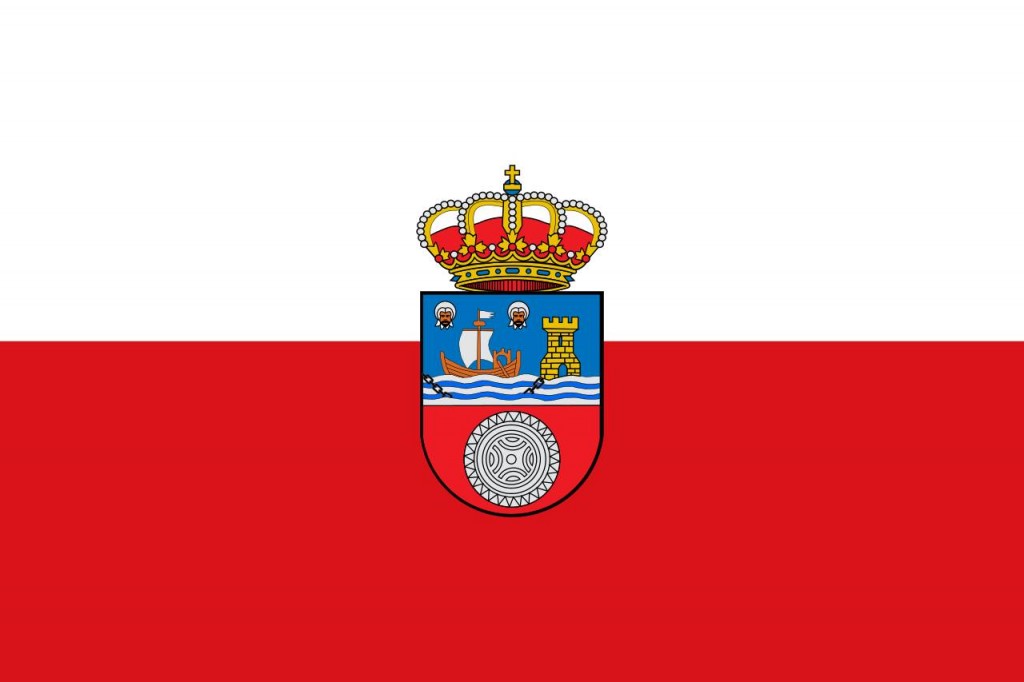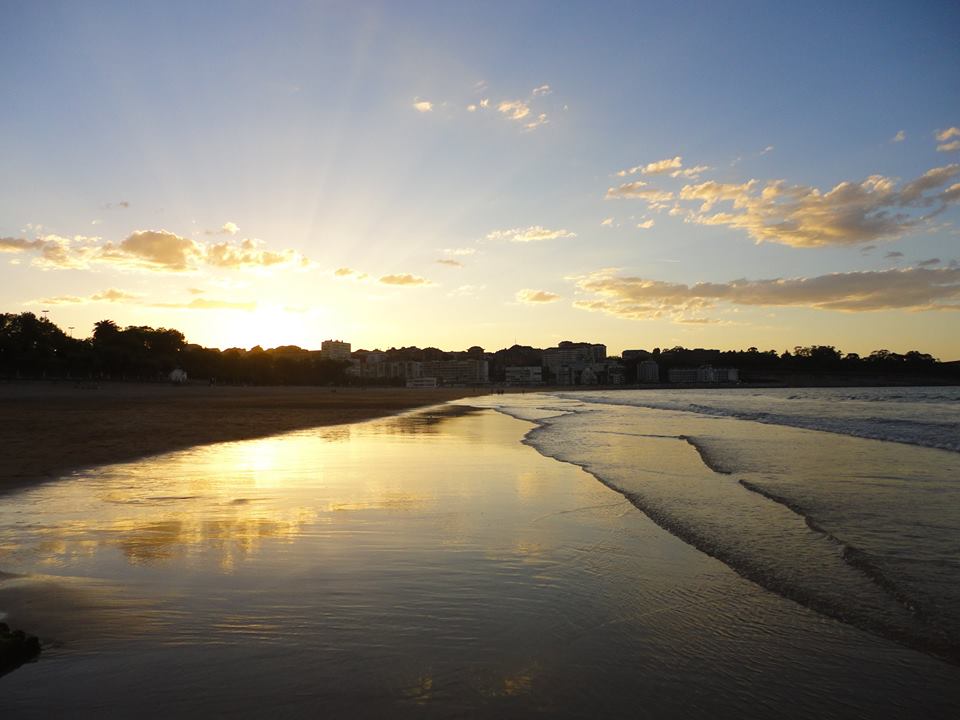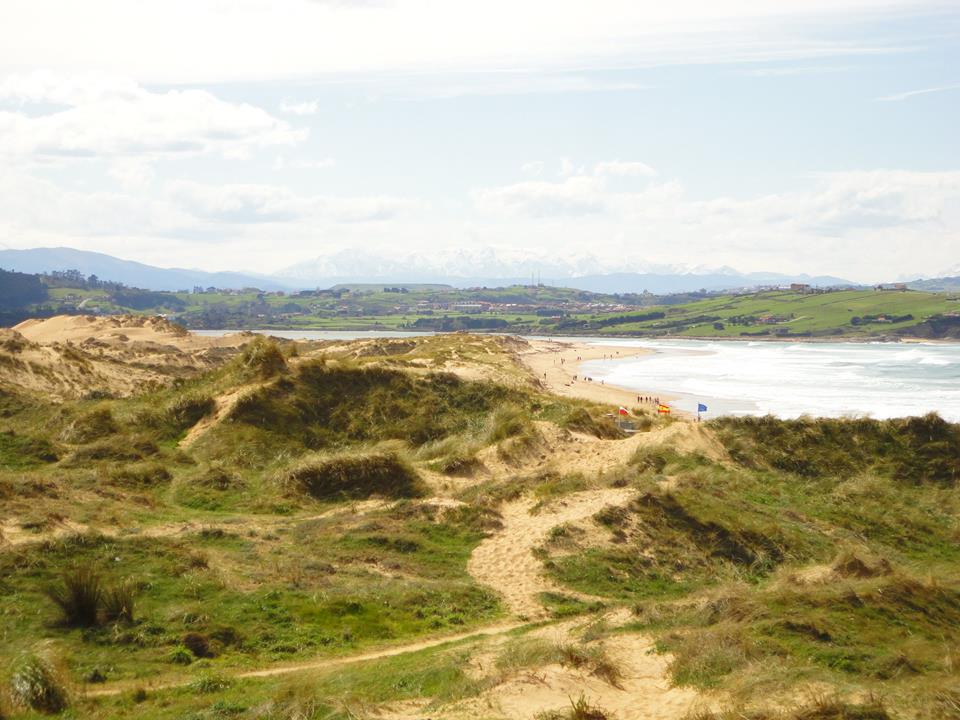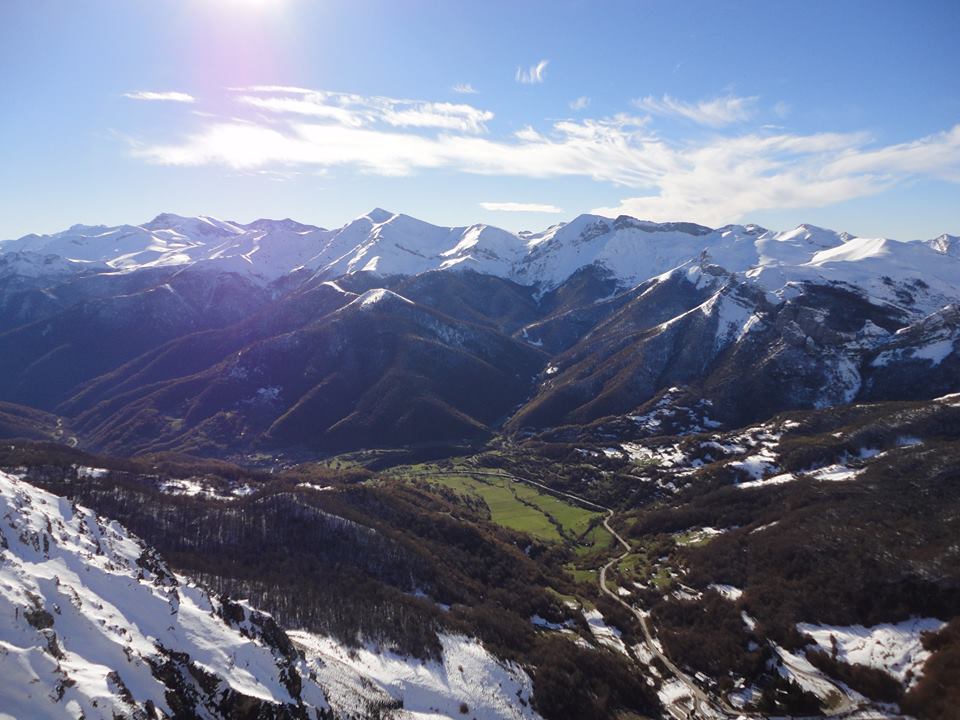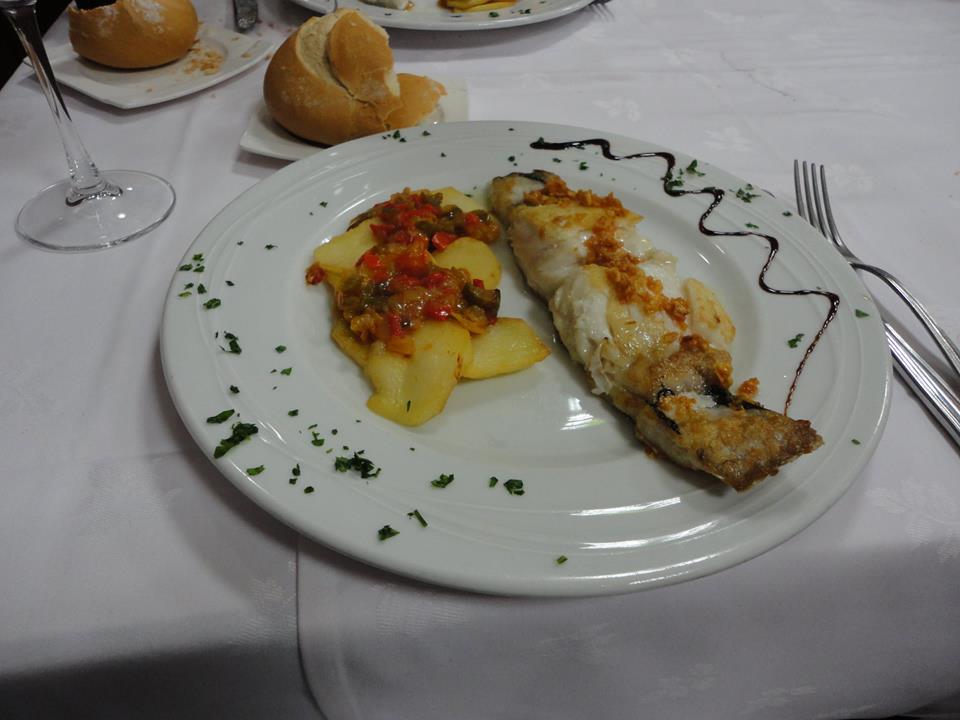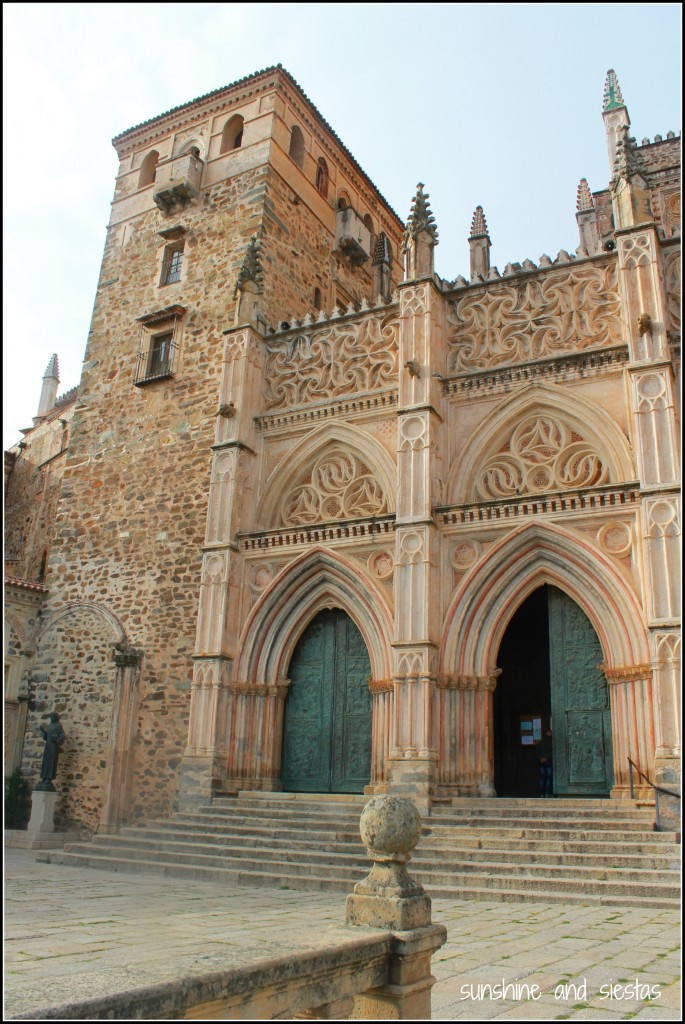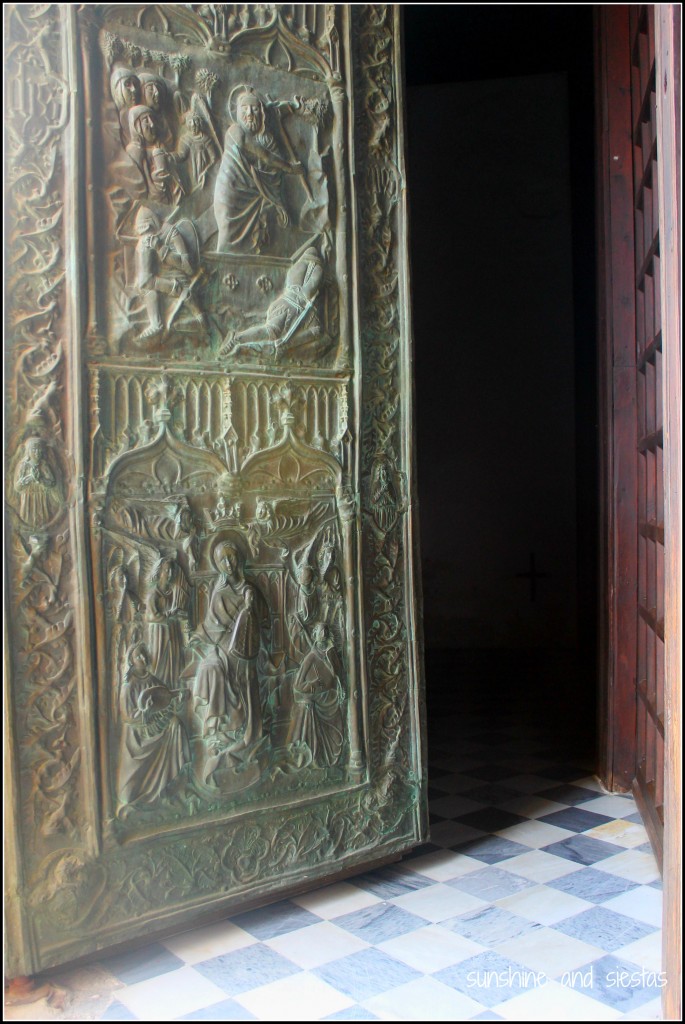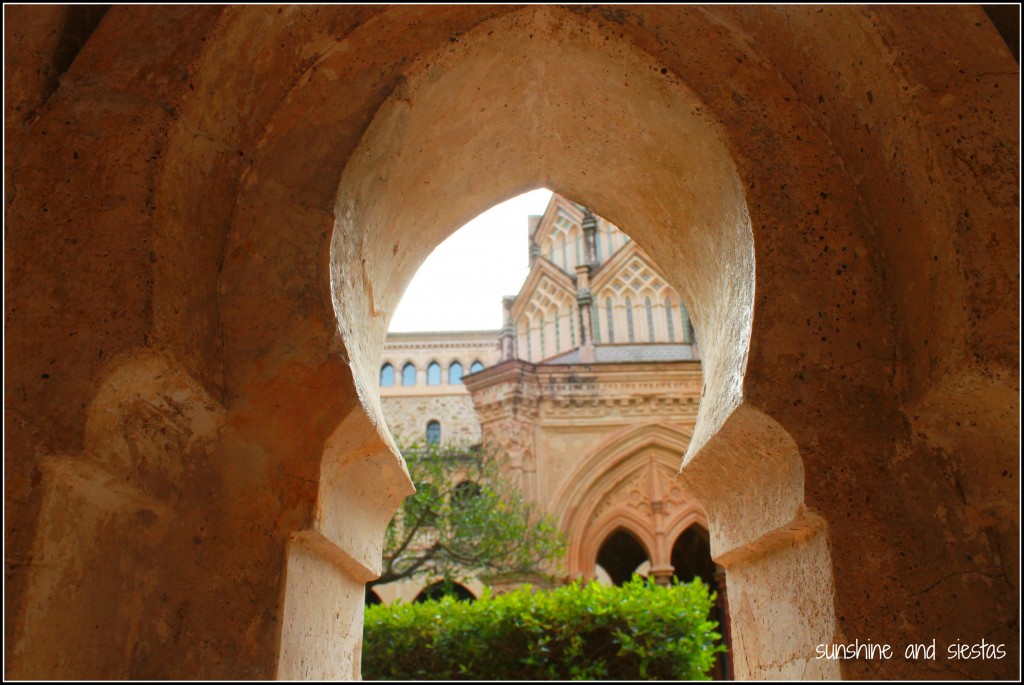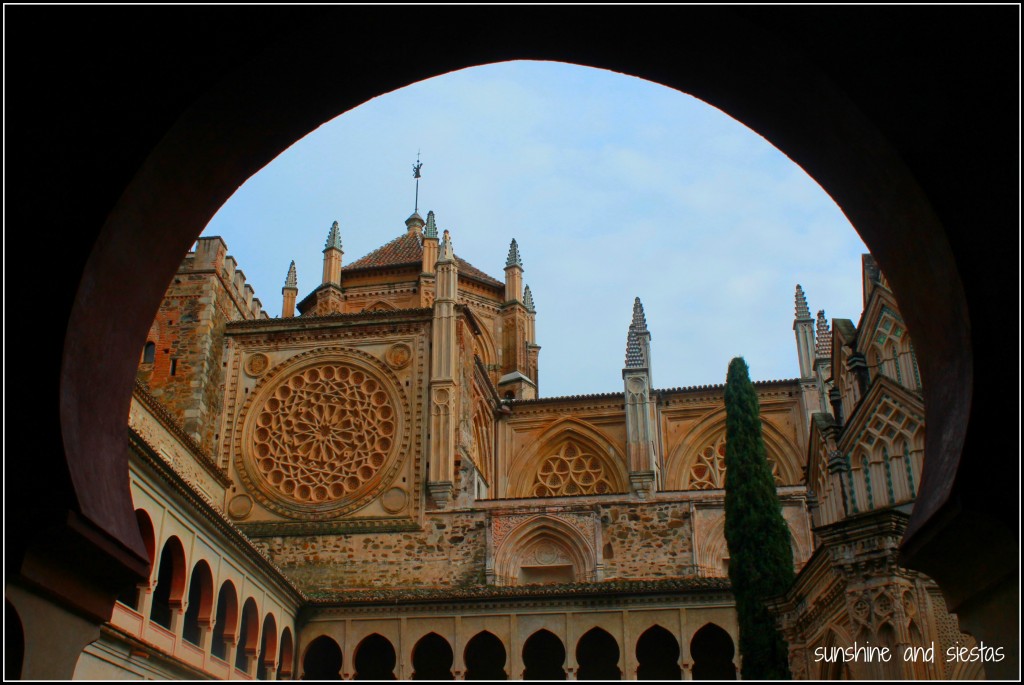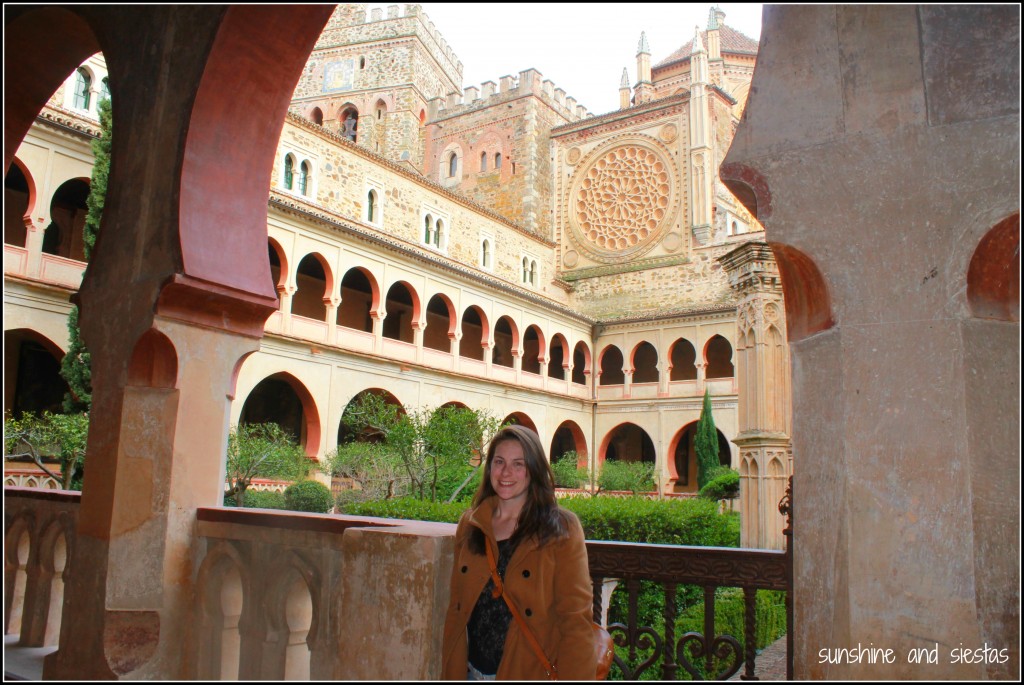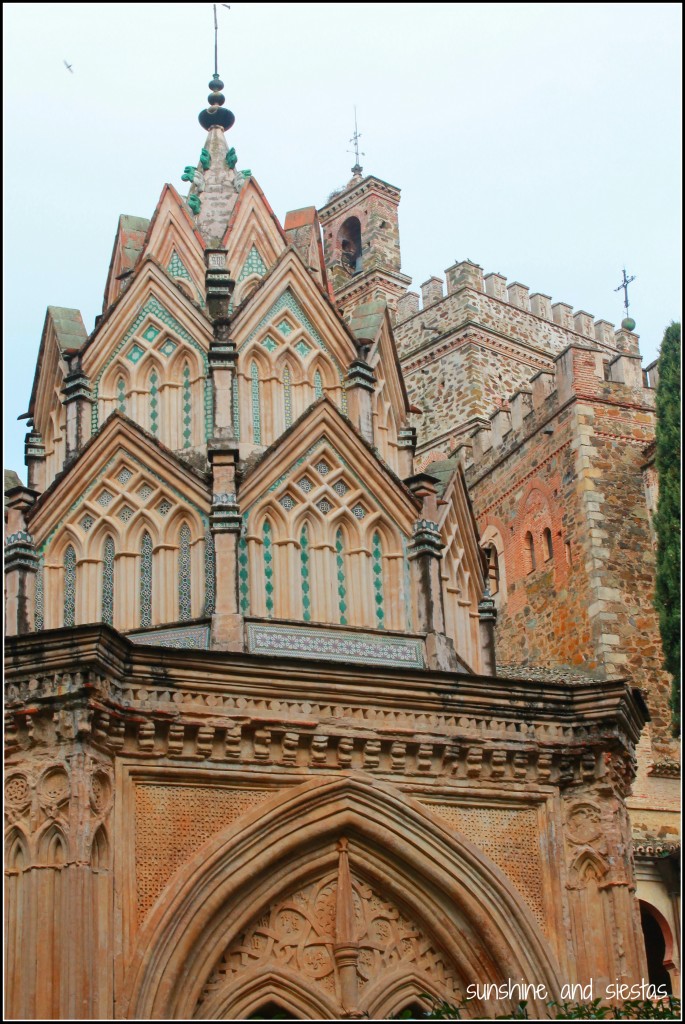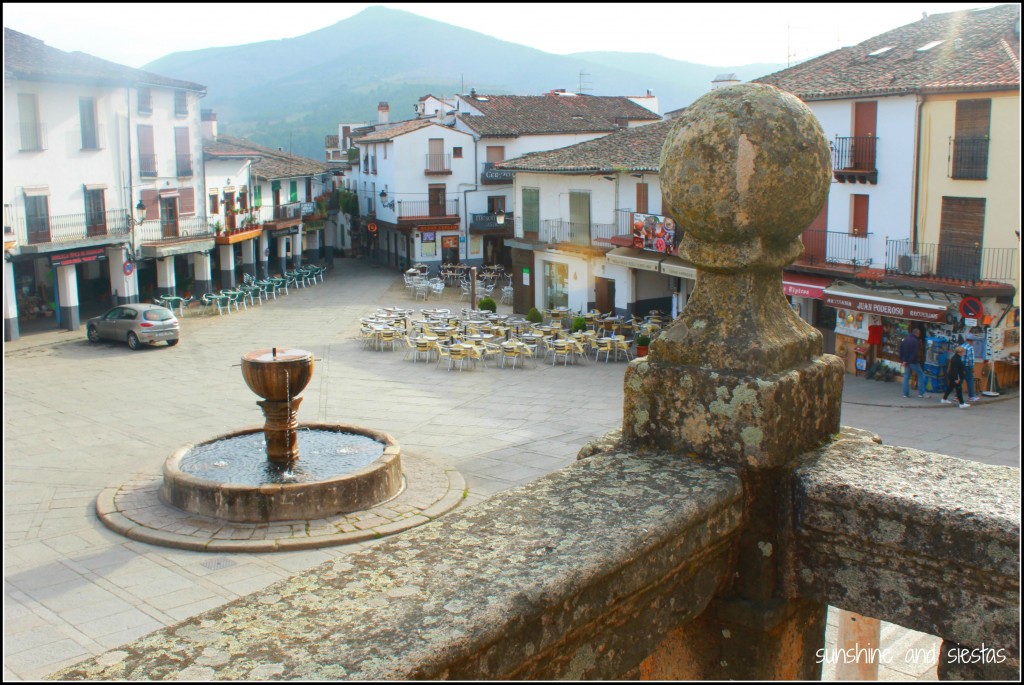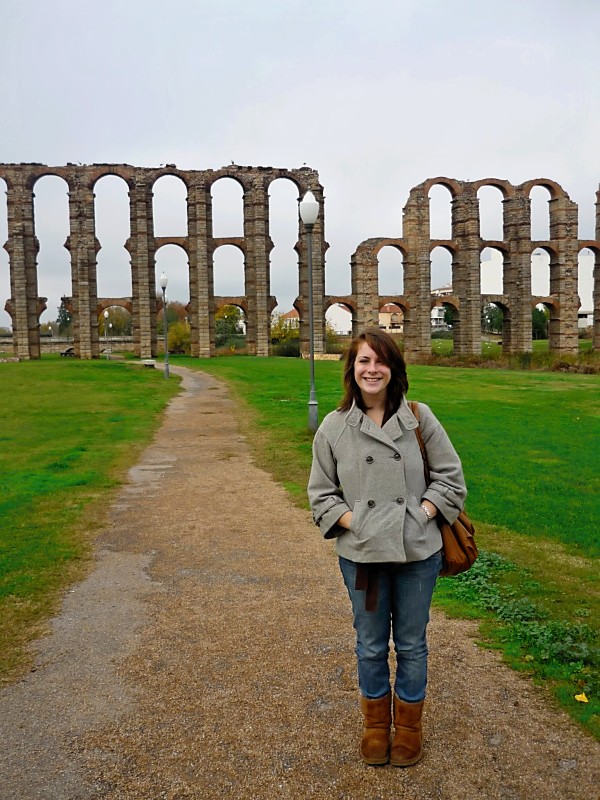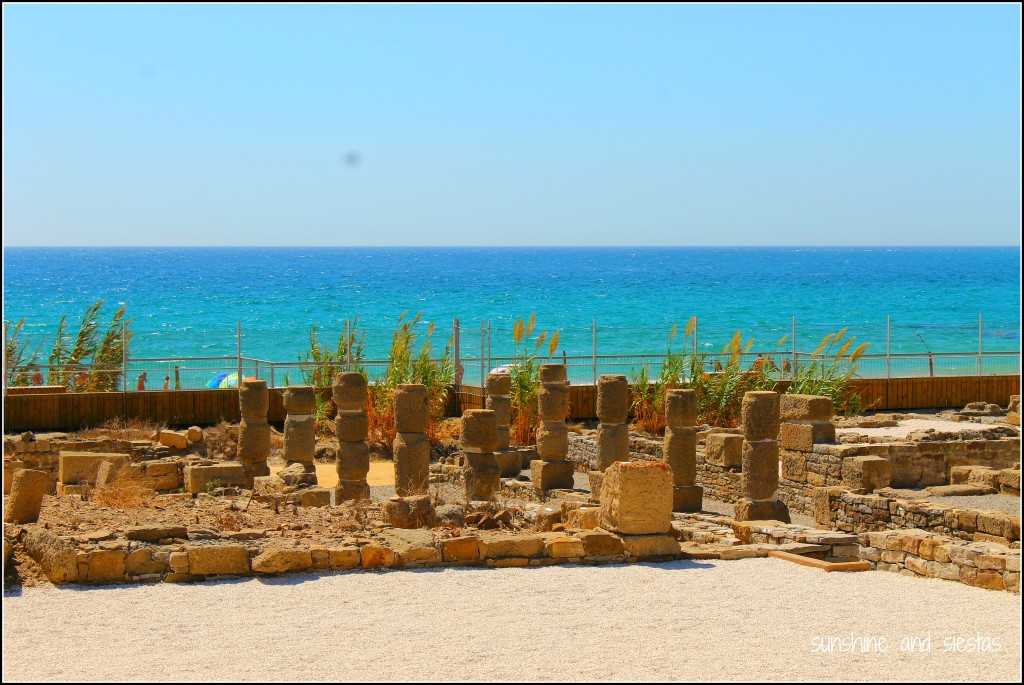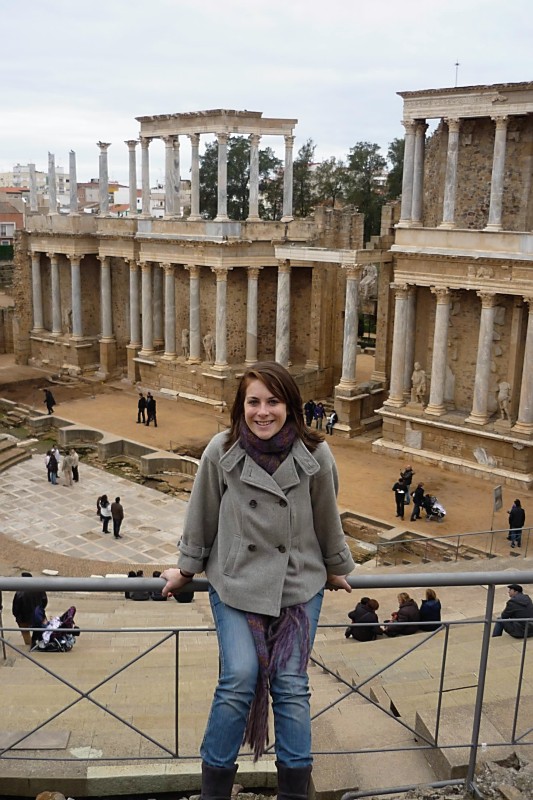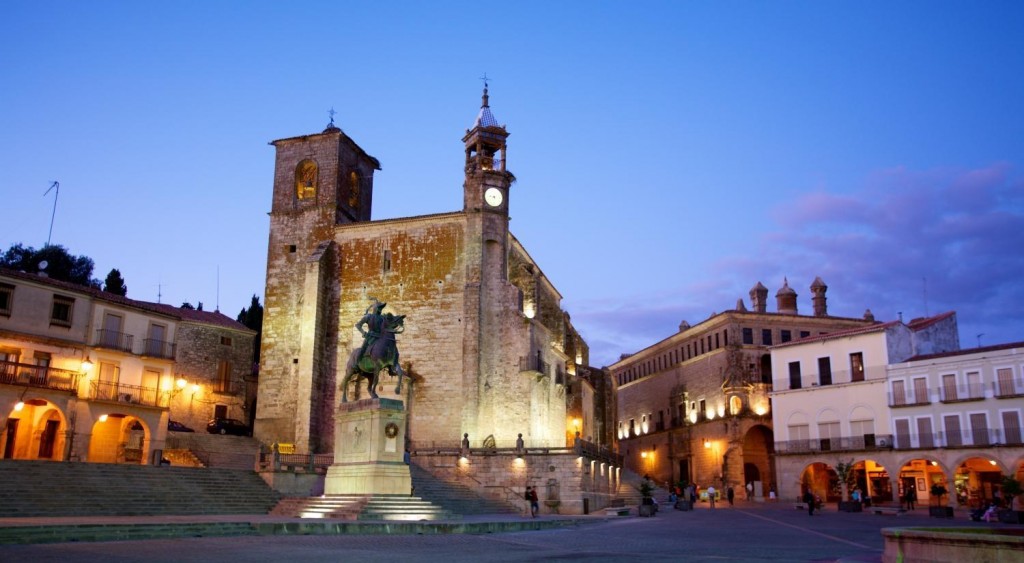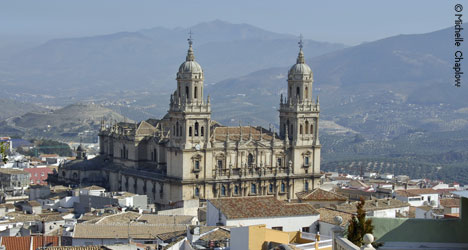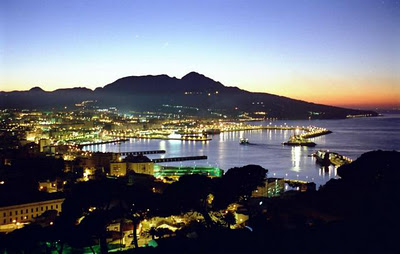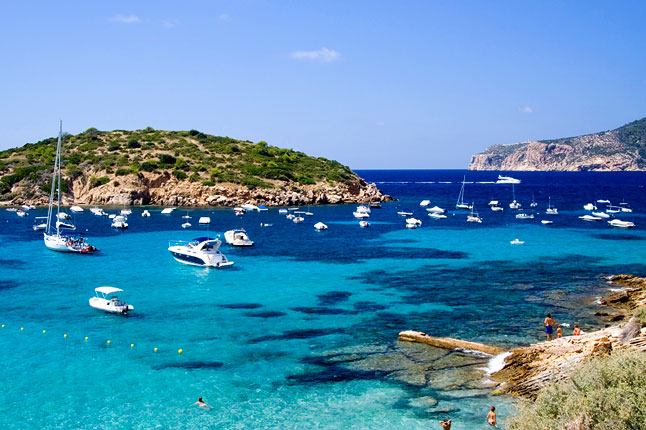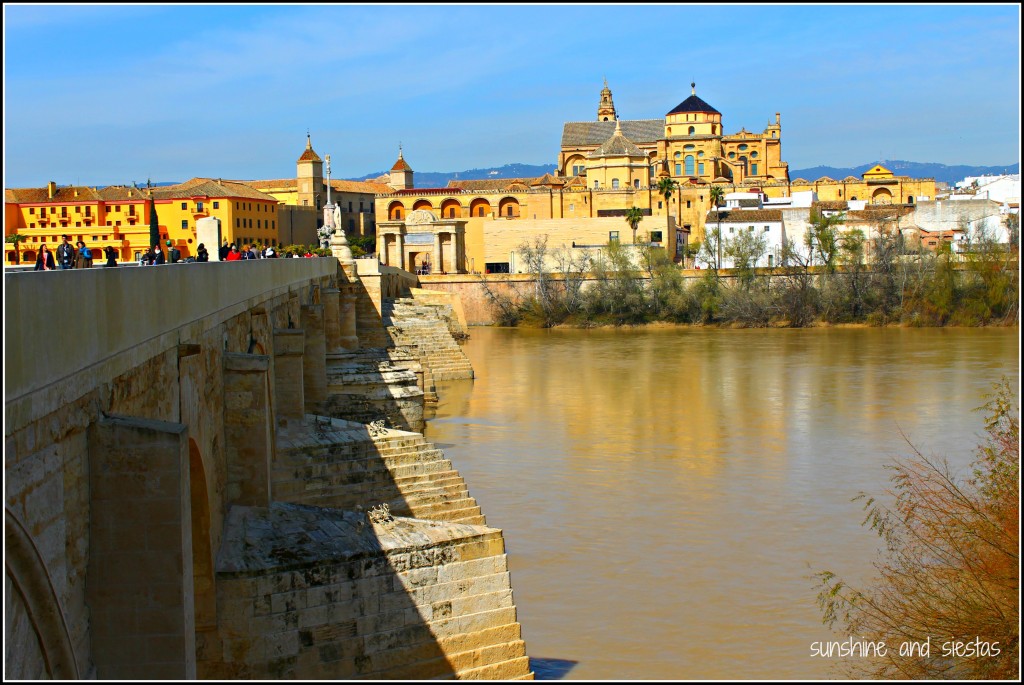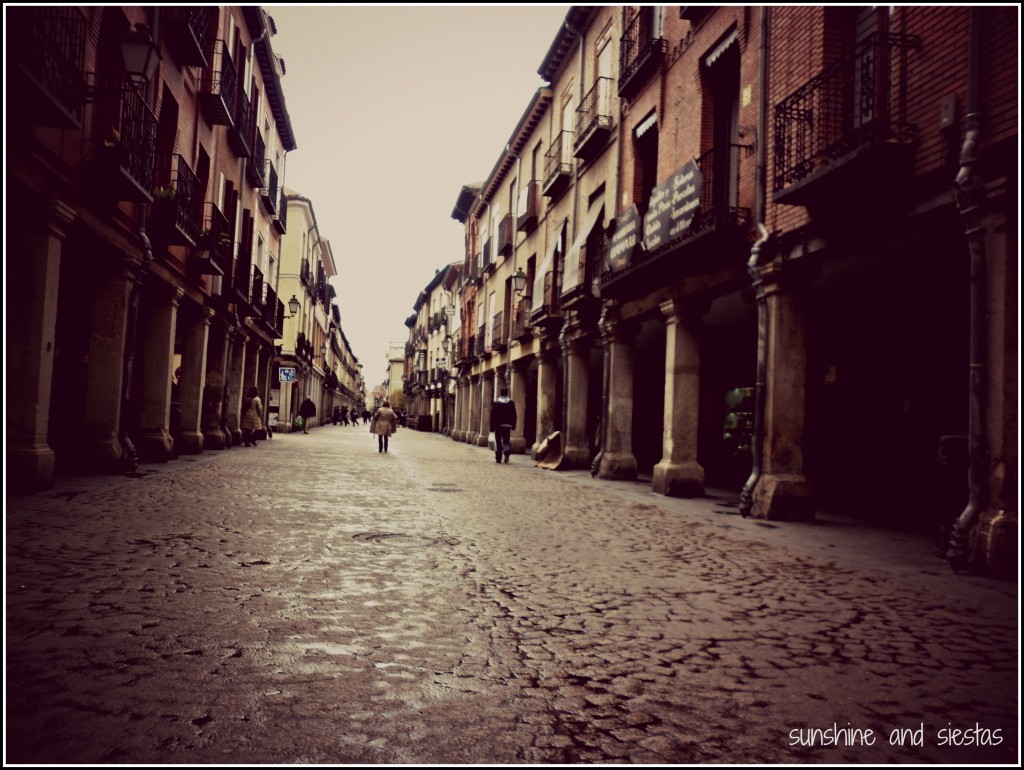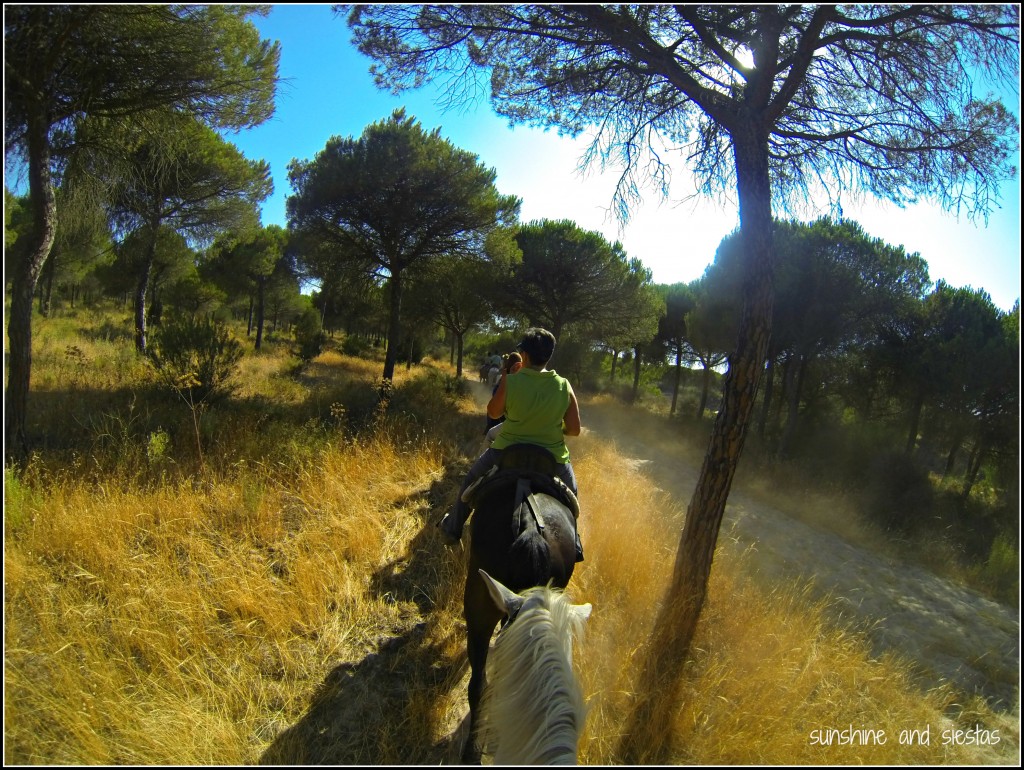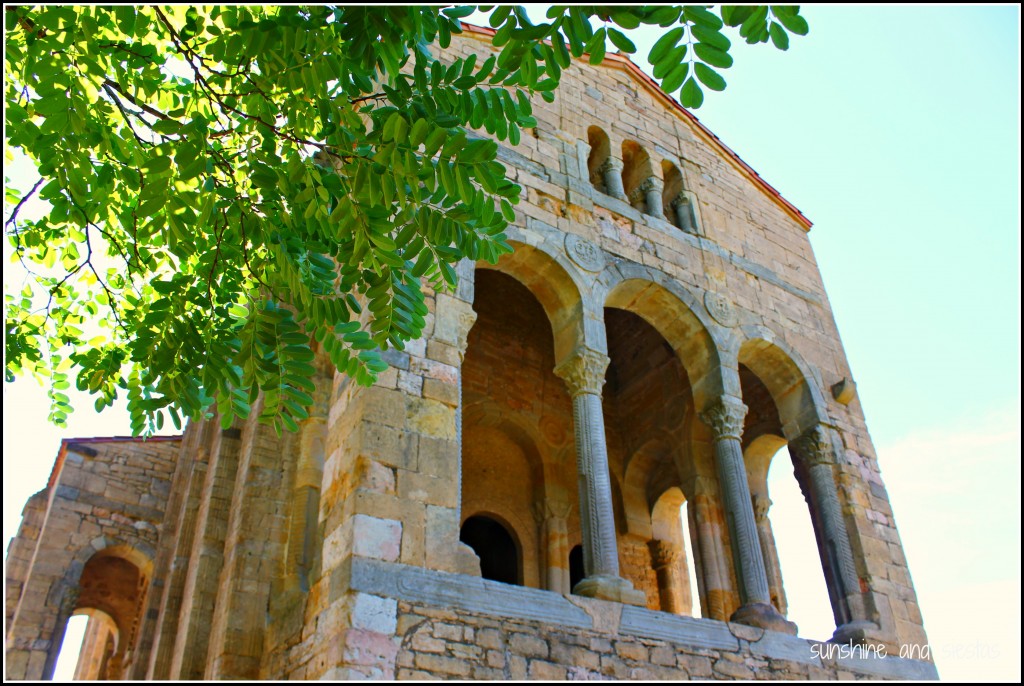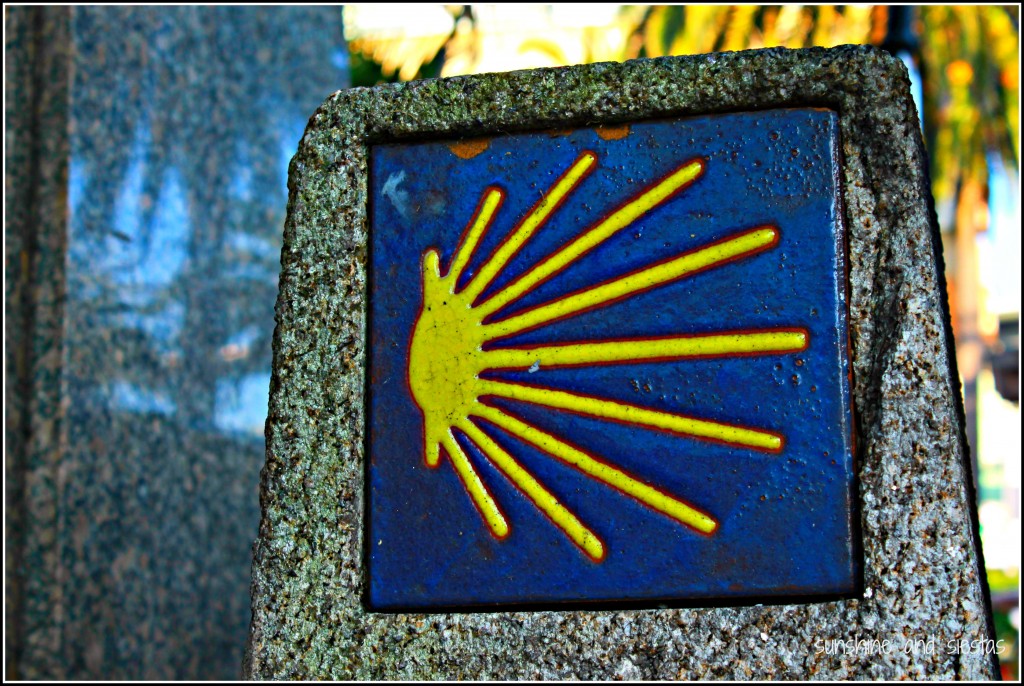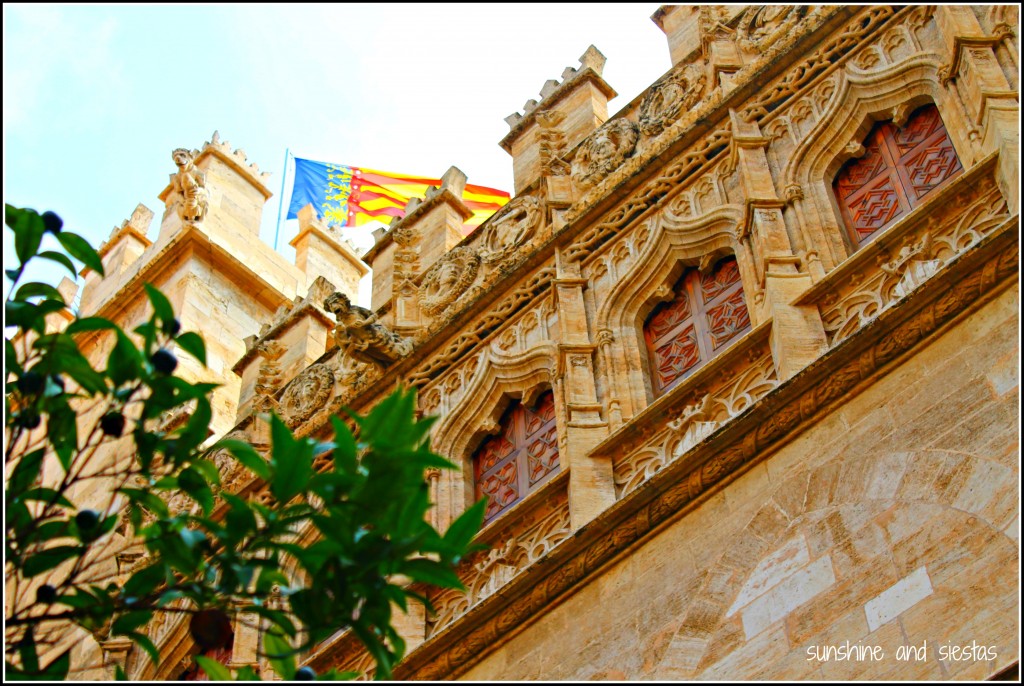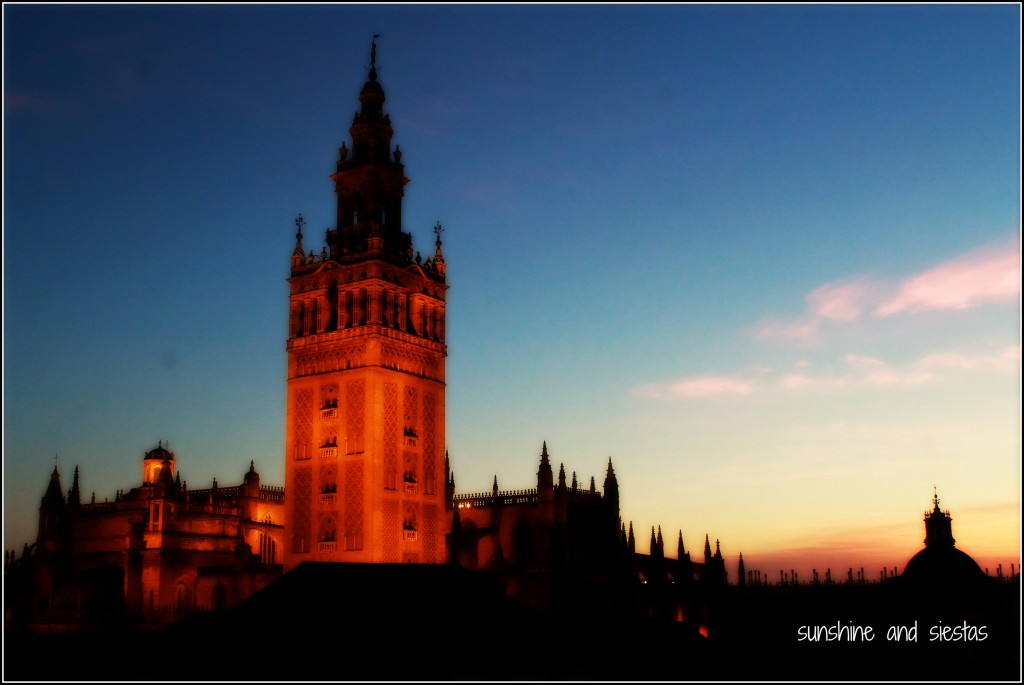I’m pleased to bring on a guest post for the first time in ages. Like me, Sven fell in love with Spain a decade ago, and has been residing on Gran Canaria ever since. I’ve written about the islands a few times, but hear this local out – there’s a lot more to Gran Canaria than you’d think!
Maybe you’re already thinking about Gran Canaria for your next holidays? Or you just want to find out more about this beautiful island, not so far from Africa.
After all, there must be something special to attract over 3 million tourists every year, many of whom return time and time again.
In fact, this unique destination has so many unexpected charms they’re too numerous to mention, but here are ten of them:
1. You can walk through the Sahara without being in the Sahara
The Canary Islands are quite close to Africa – about 140km of ocean separate Lanzarote and the Western Sahara.
The unique climate conditions in the Canaries carries in a few thousands of years tons of Sahara sand to the Canary Islands in the air, and the most stunning result of this phenomenon are the Dunas de Maspalomas.
Follow the shore from the south point in Meloneras until you reach Playa del Inglés. You get an extraordinary feeling of how it feels to be in the Sahara on 12km of natural dunes without the heat.
The Dunas de Maspalomas is one of the most visited places in the Canaries.
2. Feel like heaven in Gran Canaria’s alpine world
The highest peak of the island of Gran Canaria, known as El Mar de Nubes, is Roque Nublo.
You get a similar feeling when you’re sitting in a plane, as you’ll see nothing else than clouds until the horizon below your feet. With an incredible view up to the neighbor island Tenerife, whose volcano Teide sticks out of this ocean of clouds.
If it’s cloudy and rainy at the seacoast, get a car and drive up to the mountains. When you reach 1500 meters, you pierce through the clouds and the sun welcomes you. Remember to wear suitable clothing, as it gets chilly!
3. Just one season all over the year
There is no such thing as four seasons on the Canaries.
Well…as a local, of course you feel the winter. It’s the time with more or less 20 to 23 degrees in the north, when locals dress up with thick clothing.
As a short time visitor, your body is not accustomed to the local climate. That’s why you are able to enjoy 365 days of summer with mild temperatures between 25 to 32 degrees all over the year. In fact, the Canaries are considered to have one of the best and most stable climates in the world!
4. You get to see different continents in 30 square miles
Gran Canaria is like a miniature continent and was awarded a Biosphere Reserve label by UNESCO for its natural diversity.
This makes it an interesting place to visit, because the landscape changes drastically in just a few short miles. Apart from the desert dunes and the mountains, Gran Canaria also has tropical beaches, fir forests, more than 60 lakes, a green lung and dry and dusty desert areas.
And besides, you can get into another climate zone in between an hour if you want. In winter, you can even see frost or snow while tourists are enjoying the beaches in the south of the island.
When you’re sick of being in the steppes in the south of Gran Canaria, just follow the highway to the north for 40 Minutes and drive to Tafira.
You will find a green natural oasis, palm trees and flowers in all directions. And that’s the whole north part of the island.
Since you’re already here, visit the island’s Botanical Garden.
5. Plants that don´t exist anywhere else in the world
I just mentioned the botanical garden in Tafira. This place shows you a few hundred endemic plants you can find only in the Canaries.
Sure, you will pass them by when you make a tour through the island. But certainly you won’t recognize them without a label. Those labels, you get to see in the Botanical Garden.
The “Jardin Canario” is not like those typical botanical gardens you walk through in half an hour, where you just get to see some trees and flowers.
Its a huge area with forests, rocks, small lakes, animals, waterfalls and uncountable stone paths up to the top of the valley. It’s full of endemic plant species and even trees you won’t see elsewhere.
If you feel physically fit, follow the stone paths upwards. From the top of the valley, the botanical garden presents you a wonderful view all over the green paradise and the valley surrounded by mountains.
On one of those stone paths you will find a little wide open cavern with space to sit down and enjoy the silence. You will know that you’ve seen the whole park when you find the founder’s tombstone somewhere hidden in the forest.
6. Your allergies and pains can disappear
Apart from having the world’s best climate, the Canaries is a haven for people who suffer from many different diseases and conditions. One important point is that there’s not much industry that could pollute the air, and an island like Gran Canaria gets fresh air from the Atlantic from all sides.
Many people with Asthma are report breathing normally, and people with muscle tension, rheumatism feel much better in Gran Canaria because of the favorable temperatures. People who suffer from skin diseases like neurodermitis, experience a significant improvement, too.
This, of course, is not a medical advice; it’s subjective experience from thousands of visitors. That’s why Gran Canaria is not only well known as a holiday paradise: many retired people from northern countries move to this healthy island to live their life with less pain.
7. A dreamlike above- and underwater world
Water is an intimate part of life on Gran Canaria, particularly with water sports. Surfing far away from the coast, accompanied by sharks or even whales is an unforgettable experience for many surfers.
And sometimes they get to see orcas here, though you can charter a boat trip to see whales and dolphins from out of a secure distance.
Snorkelers and divers will find an awesome living underwater paradise. With steep rocks, dropping down into unfathomable depths. Underwater trenches, volcanic caves, underwater dunes with countless wrecks. And of course, an impressive amount of beautiful fish and other sea animals awaits you.
It’s a fascinating sequence of the most beautiful underwater landscapes from the world’s oceans.
8. Perfect Produce
The first time you go into a fruit store in Gran Canaria (not a supermarket) you probably will call your family in your home country to tell them how great it smells here inside a fruit market. Tomatoes, Bananas or Mangos have such a yummy smell that you would love to bite in immediately.
So when you’re on holidays here, get fruits in an outdoor market or individual fruit market. Fresh local fruits from Gran Canaria and not the frozen imported ones are incredibly delicious here. Look for the label “Producto de Canarias.”
Canarians also produce fantastic seafoods, cheeses and wines, so get crazy!
9. Get a front row seat for a specutacular view of the universe
The nights are absolutely clear on Gran Canaria, free of air pollution. And clouds are very rare on the south of the island, which gives you a mind-blowing view to the universe.
You see the stars so clearly that you feel like you’re in the middle of the Milky Way. Because of this, NASA has some observatories in the Canary Islands, including one on the south end of the island.
Interestingly enough, the signals from the Apollo 11 mission first reached Gran Canaria. From here, Neil Armstrong’s “That’s one small step….” got forwarded to the Kennedy Space Center in the USA.
10. A paradise for history lovers
A few hundred years ago, Christopher Columbus left Gran Canaria bound for India, just after he prayed in a little church in Las Palmas for success and a safe passage.
So the capital of Gran Canaria is full of Columbus’ footsteps and there are a lot of historic buildings left to discover. Gran Canaria has its own interesting local history.
People still love to live in cave dwellings like their ancestors, the Guanches, and you’re able to visit some of those old caves, hidden all over the island.
As you can see, there are a lot of great secrets to discover in this tiny island and if you haven’t already, it’s time to book your flights. And who knows….many people who have been here for holidays got the idea to live here forever.
About the author: Sven is a writer, living since 10 years in the Canary Islands. He fell deeply in love with Gran Canaria and he wants to pass over his passion for this paradise to travelers on his blog adventuregrancanaria.com, where you can download his latest Guide “Triana y Vegueta in one day”. Follow his stories and photos in Google+ and Twitter.
